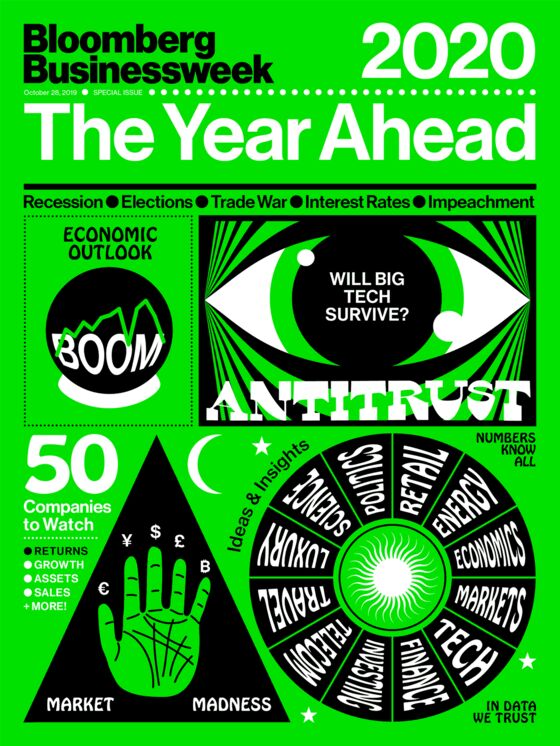The Permian Basin Is Facing Its Biggest Threat Yet
The Permian Basin Is Facing Its Biggest Threat Yet
(Bloomberg Businessweek) -- The cowboy-booted wildcatters who figured out how to squeeze crude from shale rock are used to booms and busts, but this time it feels different. In the Permian Basin, a giant oil field beneath the dusty plains of West Texas and New Mexico that’s the source of roughly one-third of U.S. oil output, production is up 17% in the past year, compared with an increase of almost 40% in the preceding 12 months, according to the U.S. Energy Information Administration. Unlike the last slowdown, five years ago, it’s not oil prices that are mainly to blame. It’s investors.
Fed up with years of broken promises and make-believe forecasts, fund managers have dumped American oil and gas stocks this year, cutting off capital to investment-hungry shale producers and preventing private companies from coming to the market in initial public offerings. That this is happening in the Permian, the world’s largest and most productive shale basin, calls into question the longevity of America’s fracking revolution, which has turned it into the world’s top oil producer.

It’s commonly believed that the boom began when wildcatters figured out how to combine two techniques—hydraulic fracturing and horizontal drilling—to unleash oceans of oil from hitherto impermeable shale rock. But the breakthrough was as much financial as technical. After the U.S. Federal Reserve slashed interest rates in response to the 2008 financial crisis, cheap money washed into America’s forgotten oil fields, supercharging production.
A decade on, the returns on those investments haven’t matched the growth in output—not even close. The industry burned through almost $200 billion in the past 10 years. Over that time, the S&P 500 Oil & Gas Exploration Index lost 32%, compared with a 172% rise in the wider market. “The industry has destroyed so much capital for so long” that many investors have fled, says Todd Heltman, senior energy analyst at Neuberger Berman Group.

Access to capital is especially vital to shale drillers because of the wells’ rapid decline rates. Fracking production falls as much as 70% in the first year, compared with as little as 5% in a conventional vertical-drilling operation, so new wells are constantly needed. The number of drill rigs in the Permian has dropped 14%, to 422, since November 2018.
The U.S. shale industry has been written off before. OPEC tried to swamp American producers in 2014 by opening up the spigots and driving down prices. That helped make the industry more resilient, as companies fine-tuned operations, trimming costs along their supply chain.
Some of the survivors of the oil price bust have not been so lucky this time. A handful of small and midsize producers have gone bankrupt, while others have merged with rivals to stay afloat. That’s creating an opportunity for Exxon Mobil Corp., Chevron Corp., and other oil majors to roll up vast tracts of land to drill for decades. They may have deeper pockets than the wildcatters, but Wall Street’s still wary of shale plays. Occidental Petroleum Corp.’s $37 billion purchase of Texas-based Anadarko Petroleum Corp. earlier this year caused the buyer’s market value to fall to its lowest since the financial crisis.
To contact the editor responsible for this story: Cristina Lindblad at mlindblad1@bloomberg.net
©2019 Bloomberg L.P.